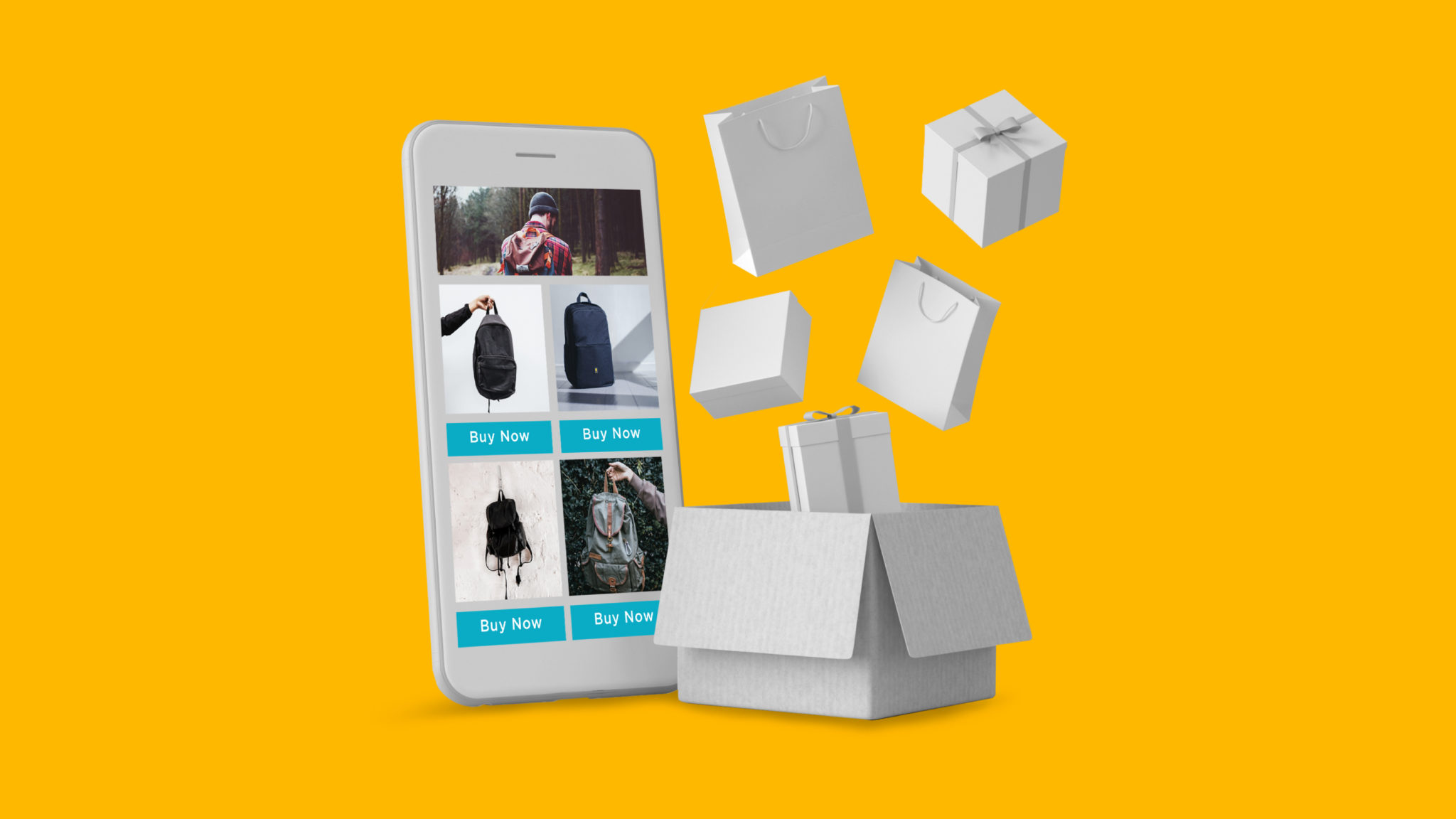WTF is Happening to the Retail Shopping Experience?

Over twenty years ago, I made my first online purchase.
I was a budding cinephile on the hunt for a French horror-comedy from the director of the Oscar-nominated film, Ameliè. As I lived in a one-light town in the middle of Central Texas, your assumption would be correct: foreign, arthouse cinema wasn’t easily accessible on cable, DVD, or otherwise.
But because the first iterations of eCommerce shopping had already begun snaking its way into consumer buying behaviors across the globe, I was able to find exactly what I was looking for with a few simple keystrokes in my middle school computer lab–a VHS copy of a film I would never have been able to find otherwise, sent directly to my mailbox.
Now here’s the thing. This was 2001, and I was in a town of less than 7,500 people. The VHS of Jean-Pierre Jeunet’s Delicatessen that I ordered from Amazon didn’t make its way down my dusty gravel road for the better part of two weeks.
Today, that delivery time wouldn’t just be cut in half–it’d be a fraction of that. Now you can get items lightning fast–sometimes within the same day–which would have been an impossibility even five years ago.
The expediency of online shopping has directly correlated with the major adoption of eCommerce as a central pillar of buying behavior– for consumers and for brands
The adoption has been accelerated exponentially since 2020. If you want to compete as retailers rework strategies to meet the demand for online shopping, you must create a blended shopping experience that combines the engagement of in-person with the streamlined ease of digital storefronts.
What do these experiences look like in practice? Join QuickFrame’s Michael Block, VP of Client Success, for a webinar with Retail Touchpoints where he explored a few different video experiences retail marketers can leverage to hook consumer attention in our modern digital landscape. Click here to watch the on-demand webinar.
To give you a jumpstart on our discussion, here is a high level overview of how our digital consumption habits are changing.
Need video specs for Social platforms? Social Media Video Ad Specs & Placements Guide
Changing Digital Consumption Habits
The switch to digital shopping and the usage of apps for deliveries of things like meals or groceries was already growing prior to the COVID-19 pandemic. This digital switch was gaining popularity as more consumers favored the convenience that digital services provided them.
Moreover, video advertising was also continuously on the rise on multiple platforms, including third-party marketplaces and on social media. But the pandemic itself accelerated these trends by at least five years, according to one report from Tech Crunch.
As a result, marketers of all industries had to adapt their advertising efforts to meet customer demand quickly. From the beginning of the pandemic to the foreseeable future, brands can no longer undervalue the importance of great product advertisements. It’s more important than ever to work on product advertising skills and strategies. Developing these methods ensures that customer demand can continue to be met in the future.
Growth of Third-Party Marketplaces
Third-party marketplaces give brands a digital platform from which to advertise and sell their products. Naturally, these marketplaces have grown in popularity as eCommerce skyrocketed in recent years. The introduction of third-party marketplaces allows brands without an online presence to build themselves digitally and engage in eCommerce sales — a must in today’s modern climate.
Third-Party Marketplaces: The Big Players
Amazon, Walmart, and Etsy are all third-party marketplaces that continue to see increased engagement. Each of the top online marketplaces offers something different in terms of how brands can advertise, but all allow you access to sell products or services to a variety of online consumers.
For instance, take Amazon Stores, Amazon’s online marketplace solution. Here, you can build a “digital storefront” that introduces your brand and its products to consumers. You can customize the storefront to match your brand’s image and more importantly, feature product advertising, including images and videos. Adding this visual element helps to bring your products to life and differentiate your brand from the competition.
Alternatively, Etsy offers small businesses or individual sellers shop videos where they can introduce buyers to their shop. For example, if you are an individual seller, you can upload a video introducing yourself, your products, and your story, including how your shop came to be. Personal video advertisements like these provide customers with a personal connection to the seller, which customers crave in a sea of corporations and wide-scale ads.
Growth of Social Commerce
Besides third-party marketplaces, social commerce has also seen a recent surge. Social commerce refers to purchases that consumers can make on social media platforms, such as Facebook, Instagram, and TikTok. With over 4 billion social media users worldwide, it’s no wonder that many brands are taking the opportunity to advertise their products on one or more social media sites.
At the same time, recent changes in data privacy regulations impact what consumer data companies have access to on social media platforms, particularly on mobile devices. This in turn affects what ads and information social media users are shown. It’s now more important than ever to stand out from the large wave of competition in the same boat. By refocusing your video creative, you can increase the likeliness of your product advertisement getting noticed by users.
Social Commerce: From CTAs to Online Shops
What’s great about using social media to sell is that the buying process is much more direct for consumers. Instead of seeing an advertisement and having to look up a brand and hunt down a product, consumers can simply buy through the social media site or app.
Take Instagram as an example. On the highly popular photo-sharing app, brands can craft an advertisement or “sponsored” post that includes a “shop now” CTA, allowing interested consumers to buy directly from a post they like. Instagram is particularly big with the fashion crowd, as users enjoy browsing different clothes and outfit ideas. This makes it a popular advertising avenue for fashion brands.
Most apps also take the social commerce experience even further to allow for more shopper immersion. Besides these sponsored posts, Instagram also has an Instagram shop where users can browse products sold by brands or other users they follow. The Instagram shop is completely customized for each user, taking eCommerce personalization to an entirely new level.
Emergence of Unique Digital Shopping Experiences
Still, advertisers are doing much more than just selling items online or through a social media post — they are completely revolutionizing the modern-day shopping experience. These emerging shopping experiences have received positive reactions from consumers, prompting the belief that they will only continue to develop in the future:
- Live Stream Shopping
- Shop the Look
- Shoppable TV
- “TikTok Made Me Buy It“
- Digital Out-of-Home Advertising
Want to learn more about these emerging digital shopping experiences, and how you can leverage them in future campaigns? Watch Michael Block present 3 Innovative Video Experiences to Drive Your Retail Advertising Strategy on-demand today.
Do More with Video
Learn how we can help you produce more quality videos affordably and at scale.


